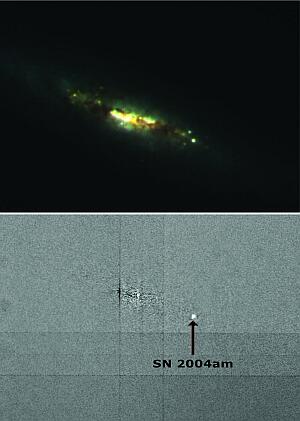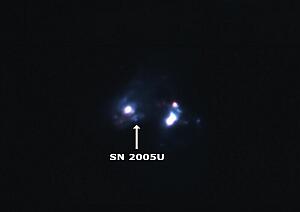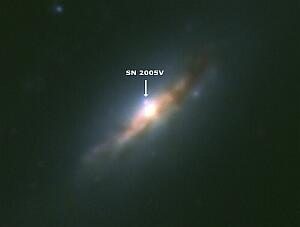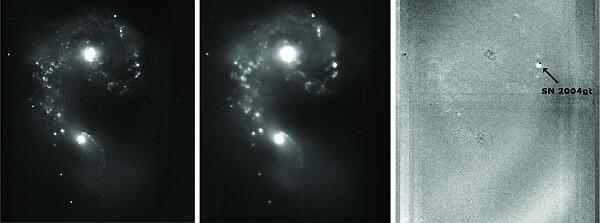 | |||
|
| Home > Public Information > ING Newsletter > No. 9, March 2005 > LIRIS Discovers Supernovae in Starburst Galaxies |
|
|
SCIENCE |
|
|
|
Previous: LIRIS Observations of SN 2004ao | Up: Table of Contents | Next: Addressing the Question Posed by the Of?p Stars: HD191612





